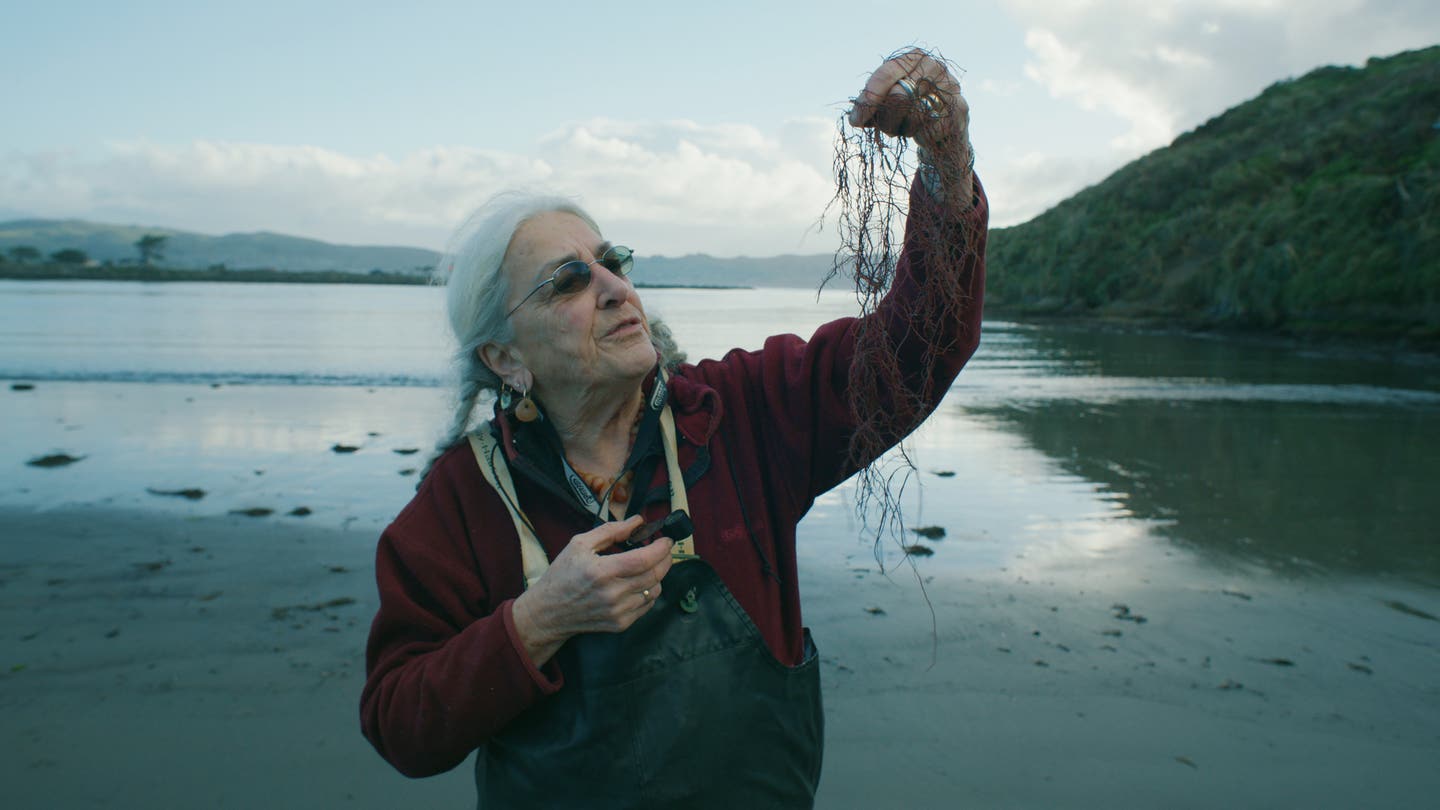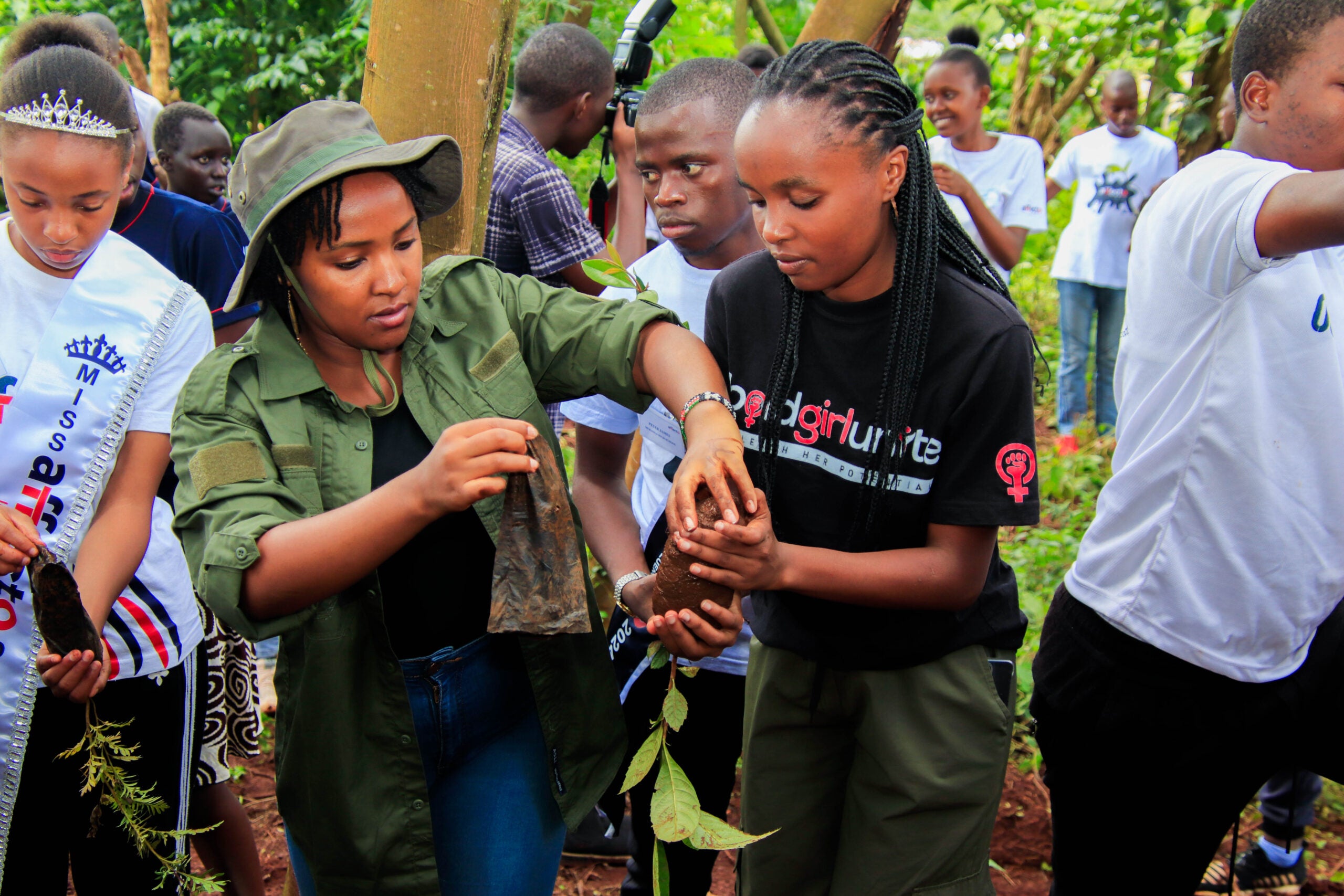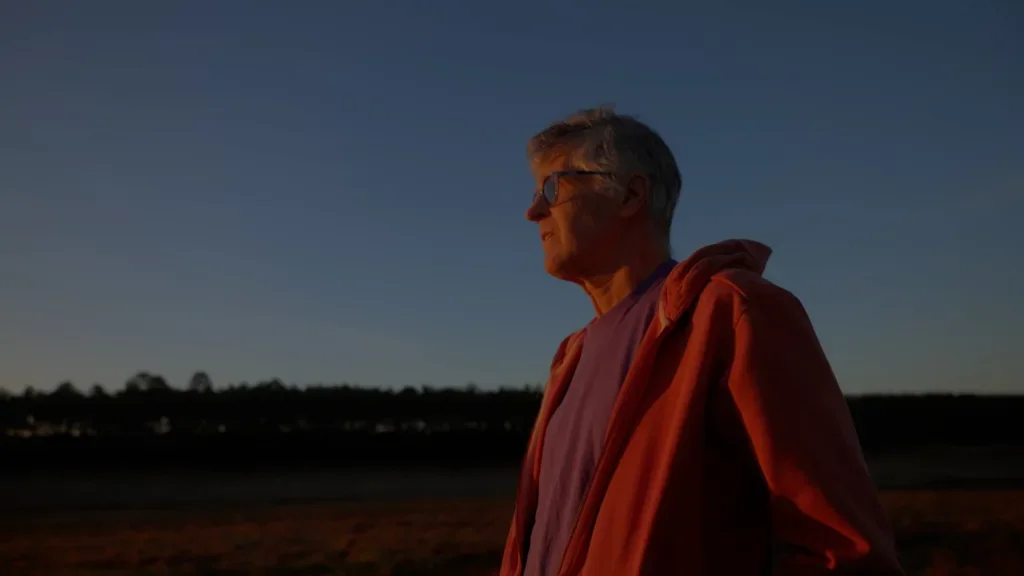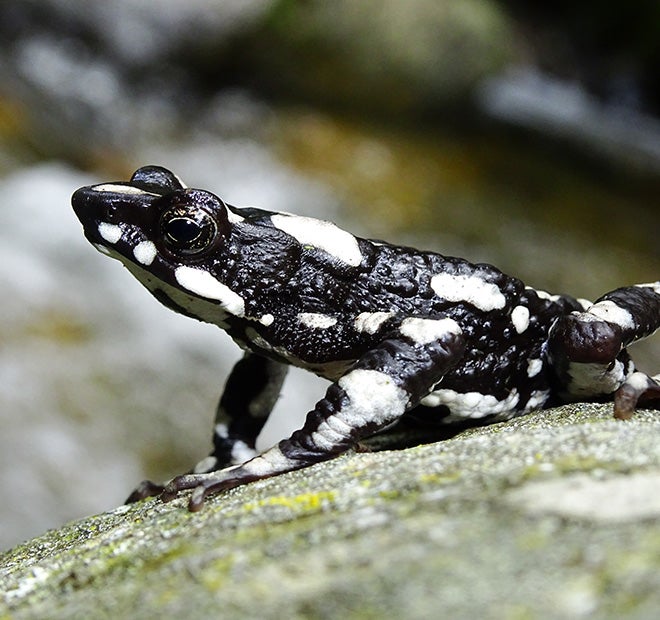In a natural world full of possibility, and more than a little bit of mystery, few opportunities to rewild the Earth are as exciting as the untapped potential of seaweed. This is the prevailing theme at the center of Seaweed Stories, a new documentary-short from Jake Sumner presented by Lonely Whale, in association with Re:wild.
With a run time under thirty minutes, Seaweed Stories, narrated by Forest Whitaker, is just the right length to give us all a peek at some of the ways seaweed has become entangled in the lives of scientists, farmers, and designers around the world. The film takes the viewer on a journey that stretches from the western coasts of the continental United States to the shores of South Korea and beyond; a journey that reveals the ancient ecological and cultural value of seaweeds, and the role seaweed can play in the future of humankind’s success as a species by offering an alternative to plastic made from fossil fuels.
That’s right: it’s not just a weed, as the name entails, but actually a marvel of evolution with the power to transform the world. Spoiler alert: it’s already succeeded once, but more on that later.
In the film, phycologist Dr. Kathy Ann Miller, curator of algae at the University of California, describes her life’s work as “taking seaweeds out of the background and putting them in the foreground.” Seaweed Stories was constructed with that same purpose. It shines as an example of science-based storytelling that also feels like a story about an underdog. Because that’s what it is.
What is seaweed?
Seaweed Stories makes it clear that the question —“what is seaweed?”— is deceptively simple. And it has a big answer. Scientists estimate there could be anywhere between 10,000 to 12,000 distinct species of seaweed on Earth, and new species are being discovered and described all the time. There is still much for us to learn.
Seaweeds first evolved more than one billion years ago. They are divided into three different algal groups: reds, greens and browns. Of the three groups, brown seaweeds are the youngest (in evolutionary terms) and the largest. It is this type of seaweed —brown— that grows into kelp forests like the ones we see off the coast of California in Monterey Bay, and which provide critical habitat for an array of diverse marine life. Kelp forests are also underwater wonderlands for divers and snorkelers to explore.
As a documentary, Seaweed Stories touches only briefly on the different seaweed types and their ecological history. The film is more interested in the role seaweed has played in the lives and cultures of people and our history, and for good reason: the future promise and utilization of seaweed sits at the nexus of human-seaweed connection.
How did seaweed change the world?
Green seaweeds are the ancient ancestors of terrestrial plants. Just like forests on land, all seaweeds use photosynthesis: they convert sunlight and carbon dioxide into energy, a process that produces oxygen. In a world where scientists estimate every second breath of air we take comes from the ocean, the importance of seaweed and algae to human health can not be overstated.
It is equally as important to culture.
In New York State, the Shinnecock Indian Nation has harvested kelp for generations off the southeastern shores of Long Island.
“The Shinnecock Bay has been an epicentre of life for the Shinnecock people for thousands of years,” says Danielle Hopson Begun, a kelp farmer with the Shinnecock Nation. Historically, the Shinnecock peoples used seaweed for insulation and for sustenance. In more recent years, pollution and over-development in the area have impacted the health of the bay. There are fewer fish, and it is harder to live sustainably.
The Shinnecock Kelp Farmers are farming sugar kelp to preserve part of their culture, and to bring life back to the waters of the peninsula. Their plan is to surround the peninsula in Shinnecock territory with sugar kelp, creating valuable habitat and a critical source of food for marine life.
In South Korea pyropia and porphyra (both distinct genus of red algae) farming is a one-billion-dollar per year industry. But the rate of seaweed growth has been impacted by rising water temperatures, and the industry is vulnerable to climate change. Dr. Jang K. Kim is a local phycologist investigating the resiliency of different seaweeds with the goal of developing a new, temperature-tolerant breed.
How can seaweed provide an alternative to fossil fuels?
As a critical source of oxygen and food, seaweed already does so much for people. It supports marine life, and has indisputable value both to cultures and to economies around the world. One of seaweed’s newest and perhaps most surprising applications, however, is as a potential solution to the plastic pollution crisis.
“Nature’s got an answer for pretty much everything,” says Julia Marsh, CEO & Co-founder at Sway in Seaweed Stories.
Sway is an innovative and award-winning bio-tech production company that utilizes pellets made with seaweed polymers in their products.
“Imagine a world where everyday materials like bags and wrappers are made from seaweed,” Julia says. Traditional plastics are made from polymers that come from the fossil fuel industry. By harnessing the natural flexibility and gelling properties of seaweed, Julia and her team at Sway have created a powerful alternative to traditional thin-film plastics. Unlike traditional plastics, Sway’s materials are certified (or actively being certified) as compostable, breaking down with the help of heat, moisture, and microbes in both home and industrial compost.
Sway was the first place winner of the TOM FORD Plastic Innovation Prize powered by Lonely Whale. Since the award, Sway has participated in Lonely Whale’s accelerator program, launching pilots and trials with brands including J.Crew Group, Florence, and more. Their innovative approach continues to make headlines – including in TIME as one of the Best Inventions of 2025.
Where can I watch Seaweed Stories?
Since its premiere, Seaweed Stories has engaged over 3,000 in-person viewers through film festivals, private dinner parties profiled in the New York Times, and events like the American Museum of Natural History’s ClimateFest and is also available through Alaska and Hawaiian Airlines’ in-flight entertainment.
Interested in bringing Seaweed Stories to your community? Reach out to hello@lonelywhale.org to learn more.
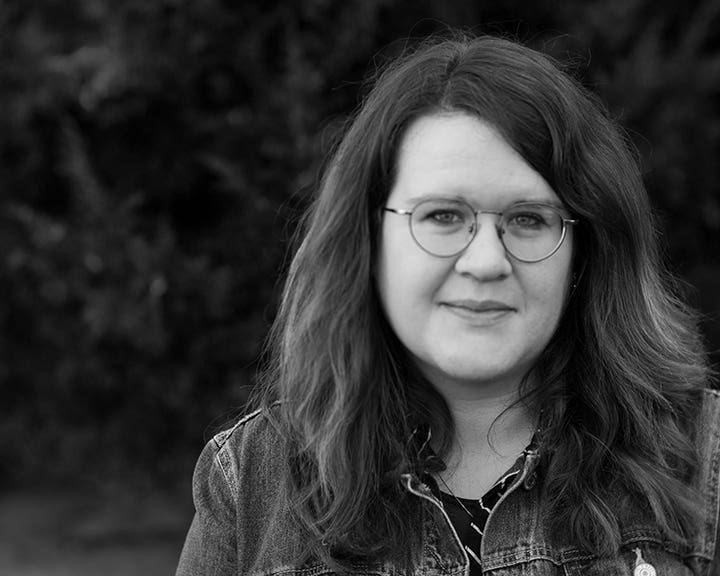
Kyrsten Stringer
Writer
Kyrsten Stringer specializes in storytelling techniques designed to immerse the reader in the narrative. Kyrsten is passionate about breaking down barriers to nature through the power of inclusive language, and about the power of words to galvanize action in conservation — for wildlife and wildlands, for the ocean, and for people everywhere. Her home base is Saskatchewan, Canada.
